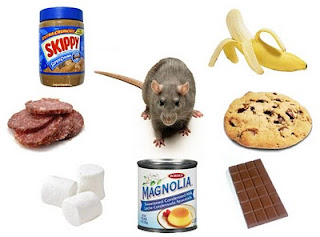Interested in enhancing recovery from training or injuries? I am sure you have heard of Epsom salt baths to ease pain and relieve inflammation, but have you heard of transdermal magnesium chloride mineral, also known as topical magnesium oil?
Muscle injuries, stiffness and tightness can be helped by nutritional support with topical magnesium oil because contraction and relaxation of muscle are dependent on adequate cellular levels of magnesium. Simply spray and rub the oil into a sore Achilles, Hamstring, or calf to decrease swelling. Soaking the feet in a magnesium chloride footbath is the single best thing-apart from stretching-that you can do to protect yourself from or recover from hamstring and other injuries.
I recommend rubbing the oil into an injured muscle a few times a day. For recovery, I recommend applying and the end of your training session.
A common complaint in a lot of runners and cyclist is muscle stiffness and tightness (mostly in the calf). Many times transdermal magnesium chloride mineral is the missing link when deep tissue therapy, electric muscle stimulation and ultrasound has failed to offer relief.
I even had transdermal magnesium chloride in my Special Needs Bags during my last Ironman Triathlon.
I also suggest trying to increase the amount of magnesium in your diet.This is because it has been reported that a stunning 19% of adults-one in five-consumes less than half of the US RDA for magnesium.
According to USDA food charts the five foods with the highest magnesium per typical serving are:
Halibut
Mackeral
Boiled spinach
Bran breakfast cereal
Almonds
Foods with highest magnesium per milligram, regardless of typical intake, are:
Cocoa
Bran breakfast cereal
Almonds
Cashews
Pumpkin seeds
Factors can impair your ability to get magnesium from the foods you eat, including:
Lowered magnesium availability in foods due to industrial farming practices
Dietary habits leading to low magnesium uptake, such as consumption of sodas and carbonated beverages
Excess stress or illness, which lowers the ability of the body to utilize magnesium
Mineral imbalances, such as excess calcium, which blocks cellular magnesium activity
Metabolic differences in individuals, such as excess magnesium excretion by the kidneys, sometimes resulting in magnesium losses and deficiency.
So, if you are interested in reducing muscle tightness and also increasing recovery time, increase the magnesium in your diet and rub some magnesium oil on those tired muscles after your training session.


